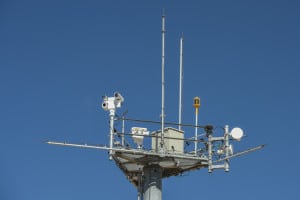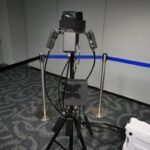
Customs and Border Protection (CBP) last week said it plans to spend up to $1.8 billion to acquire new border security surveillance towers and upgrade existing ones under the Integrated Surveillance Tower (IST) Consolidated Tower and Surveillance Equipment (CTSE) program awarded to three contractors earlier this month. The initial awards to Advanced Technology Systems Company, General Dynamics [GD], and Elbit America are for a combined $67.8 million. The contract has an 18-month base period and four options that could potentially…

 By
By 











